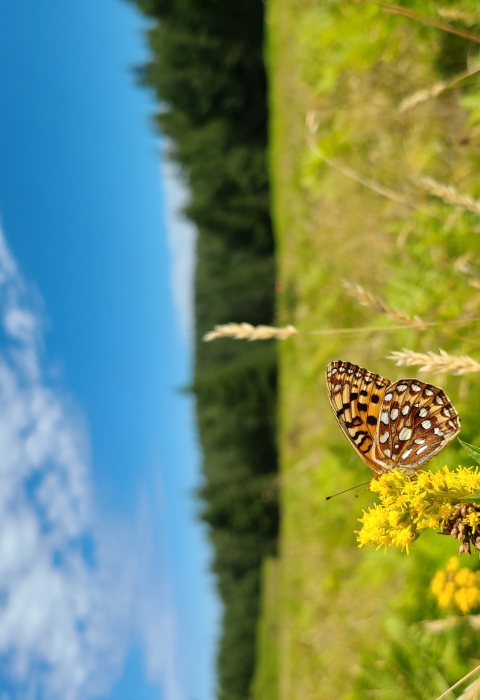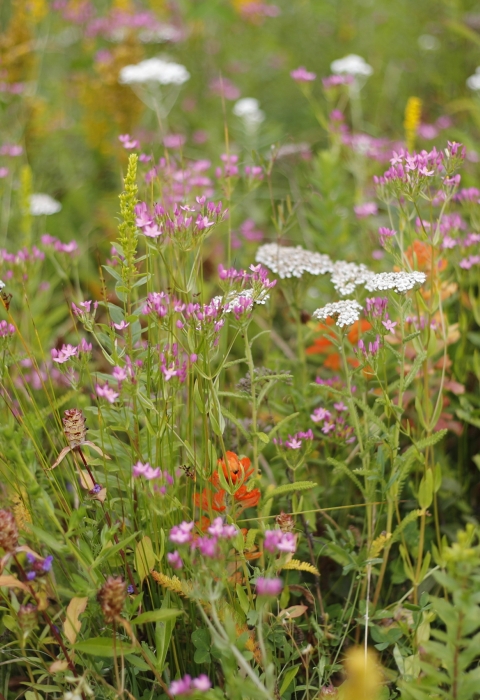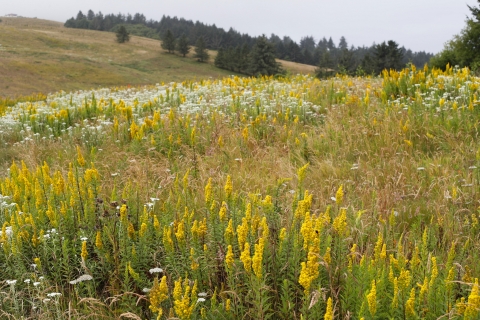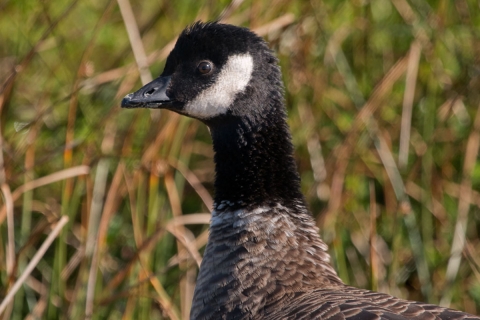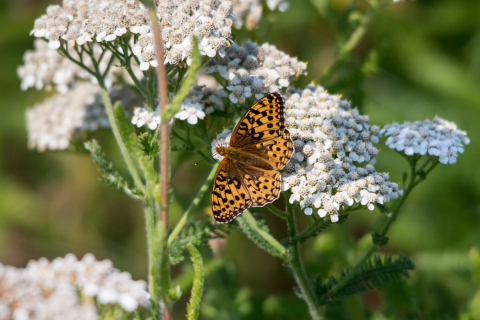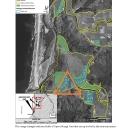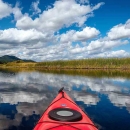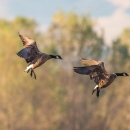Visit Us
National Wildlife Refuges offer a chance to unplug from the stresses of daily life and reconnect with nature. Nestucca Bay National Wildlife Refuge features panoramic views of the Pacific Ocean, offers excellent hiking and birding opportunities and protects habitat for waterfowl, deer, bear, songbirds, amphibians, salmon and trout.
Location and Contact Information
About Us
Established in 1991 to protect and enhance habitat for Dusky Canada Geese and Aleutian Cackling Geese, Nestucca Bay Refuge continues to provide excellent wintering habitat for these and four other subspecies of white-cheeked geese. The Refuge also features forest, coastal prairie, tidal marsh and mudflats and a variety of recreational opportunities for people of all ages and abilities.
What We Do
The U.S. Fish and Wildlife Service conserves and monitors plants and wildlife, manages and restores habitat, and provides outdoor recreation for the public at the nation’s more than 550 National Wildlife Refuges.
Our Organization
Our Species
The marshes, bogs, forests, marshes and upland meadows of this Refuge form a habitat network important to a diverse and abundant group of plant and animal species, including waterfowl, anadromous fish and migratory songbirds.
Get Involved
From its start in 1903, the National Wildlife Refuge System has owed its very existence to concerned citizens eager to protect America's natural resources.
